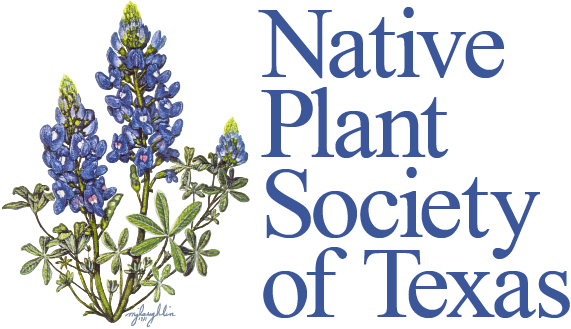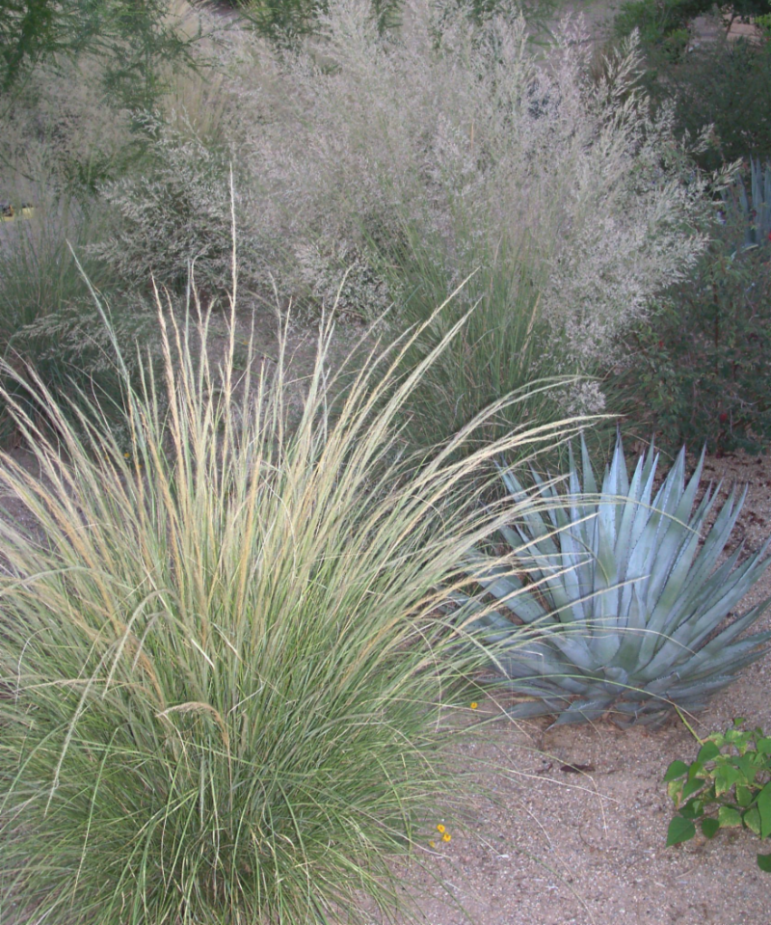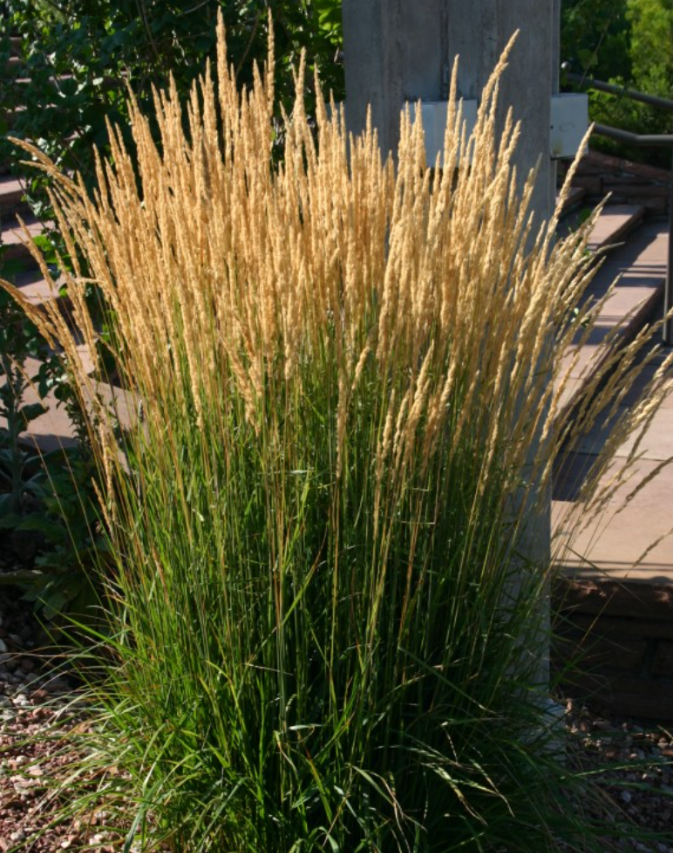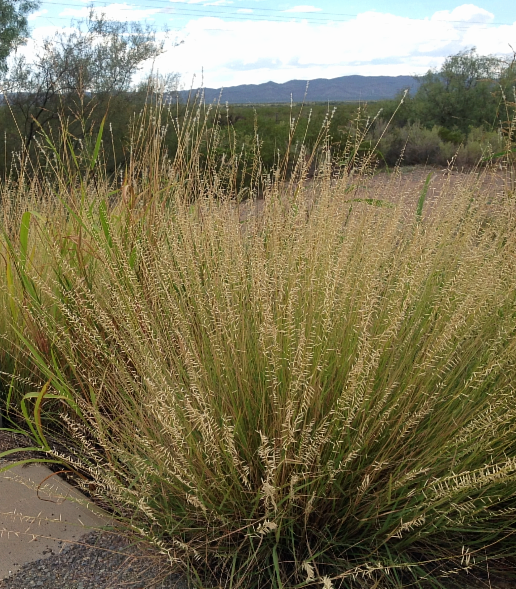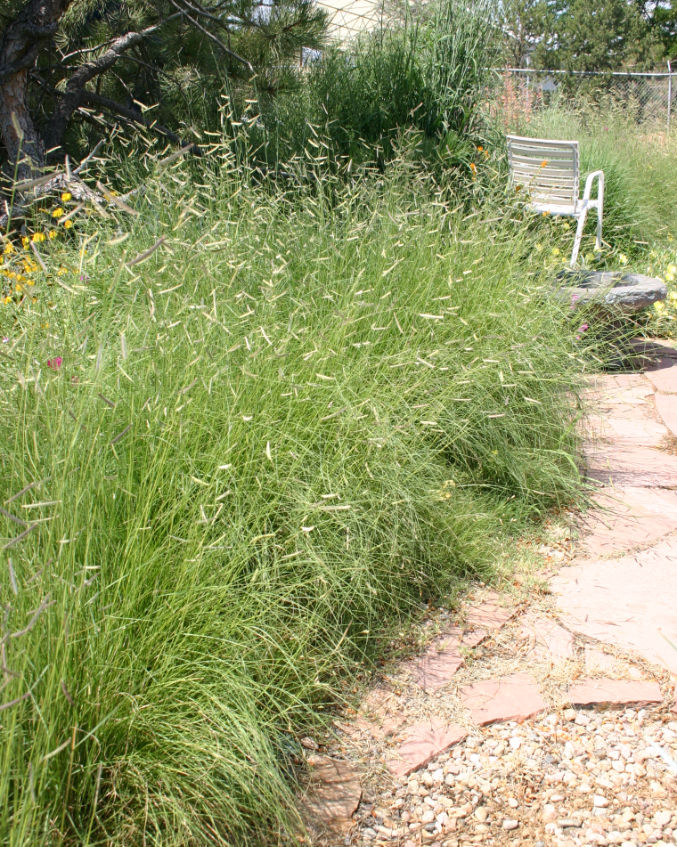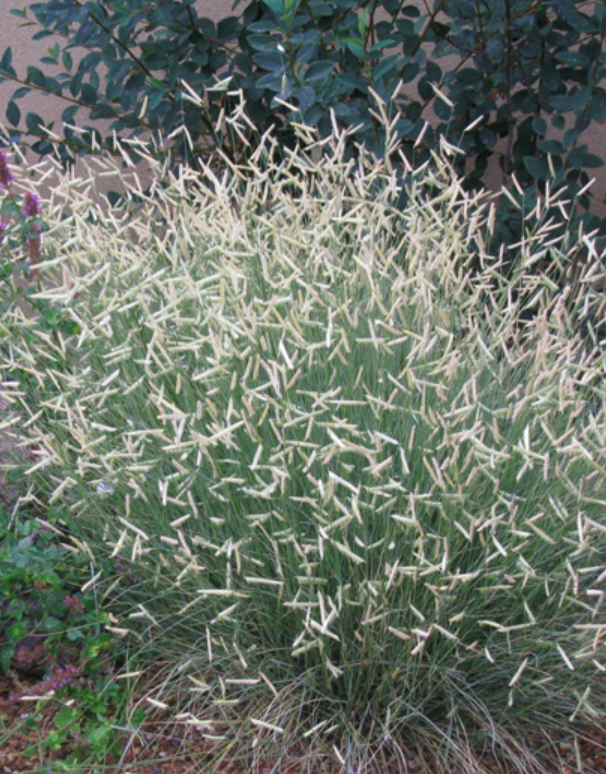Gardener's Guide
In addition to useful information from outside sources, we invite you to open our Gardener’s Guide. Lots of info just for gardeners in the Trans-Pecos – available nowhere else!
Trees of Sul Ross State University, Alpine, Texas
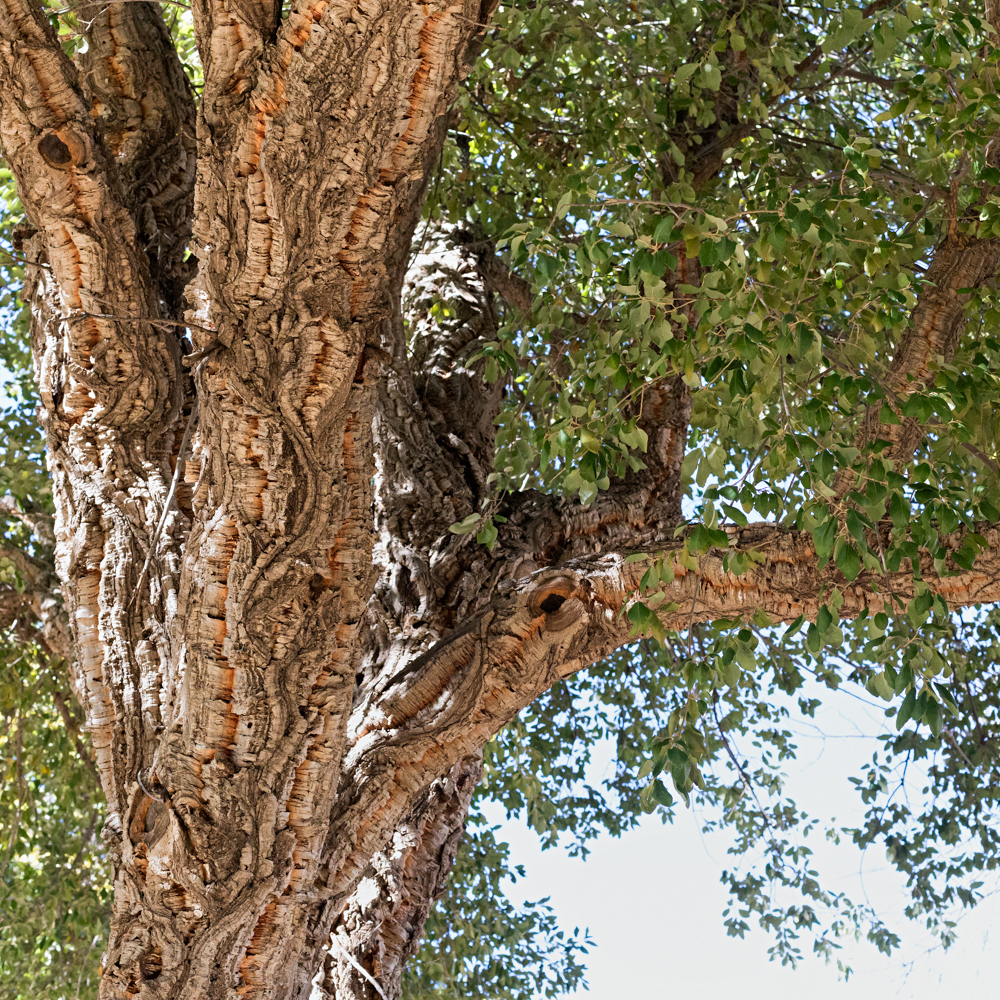
Sul Ross State University campus is an oasis in the Chihuahuan Desert region. Over 40 species of native and nonnative trees can be found there. Download this list of trees on the Sul Ross campus and go on a tree treasure hunt!
Grasses
Our thanks to Mountain States Wholesale Nurseries near Phoenix, one of our wholesalers, for sending this info on five grass species that work well in the Trans Pecos.
We have tried selling grasses at a couple of our past plant sales, but have never had much interest. They are beautiful, they are easy, they take minimal care, they hold the soil in place like no other plant and they are inexpensive to buy and maintain. What’s not to like?
If you find, after reading this, that you would like to buy grasses at our plant sales, please let me know via our Chapter email address.
Click on the photos below to find useful information to make each grass a success in your landscape.
